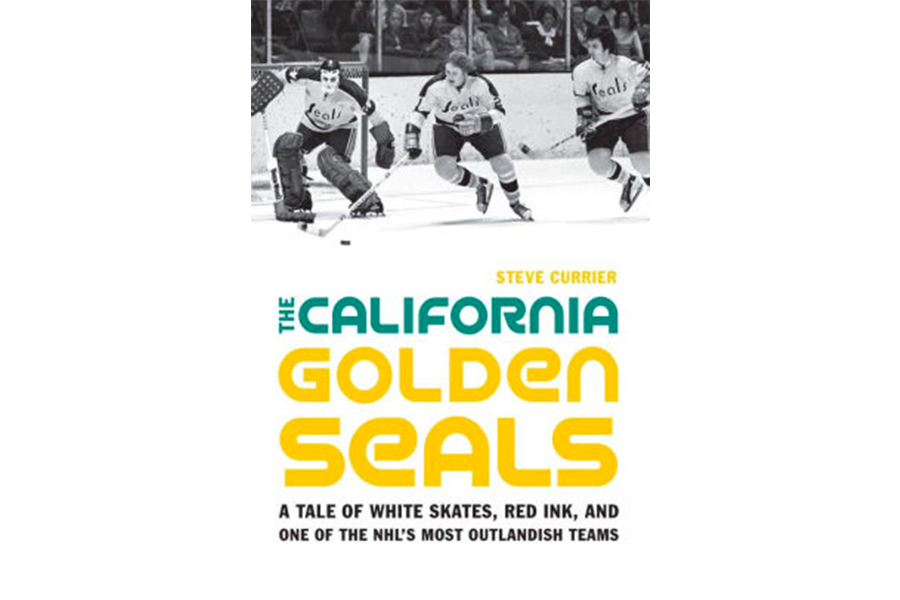The National Hockey League’s foray into California occurred in 1967 when the Los Angeles Kings and California Golden Seals took up residence in the state. The Kings are now a well-established franchise with two Stanley Cups on their resume. The Golden Seals are long gone, having never gained traction during a mostly torturous 1967-to-1978 run, when the franchise finally bit the dust after moving to Cleveland. In less than a decade, the team had four ownership groups, none of which had a grip on how to put together a winning team or draw fans. How the franchise managed to lose money and games in spades with questionable personnel and marketing decision fills the pages of hockey historian Steve Currier’s account of this largely forgotten team.
Here’s an excerpt from The California Golden Seals:
“Though oddball promotions often made the Seals and their owner look like a joke, there were perks that came with working for [Charlie] Finley. When he was in a good mood, Charlie loved spreading the wealth. After the Seals beat Boston 2-1 on November 15, [1970] Finley was so delighted he bought each player a $25 steak dinner and a $200 suit. Marshall Johnston, who played for the Seals from 1971 to 1974 and coached the team afterward, remembered Finley fondly. One time in New York, Johnston recalls, ‘[Finley] took us all down and bought us all Gucci [alligator] shoes, and he bought us all bright green jackets one year, and we all had nice luggage … we were the only team that flew first class, and that was something innovative that was a long time before charters came in and things like that. You know, on a six-hour flight from San Francisco to New York, it was kind of nice.’
“The problem with Finley was that he believed players would respond positively to green luggage and matching suits, but in reality all the players wanted was for money to be spent on improving the team.”







